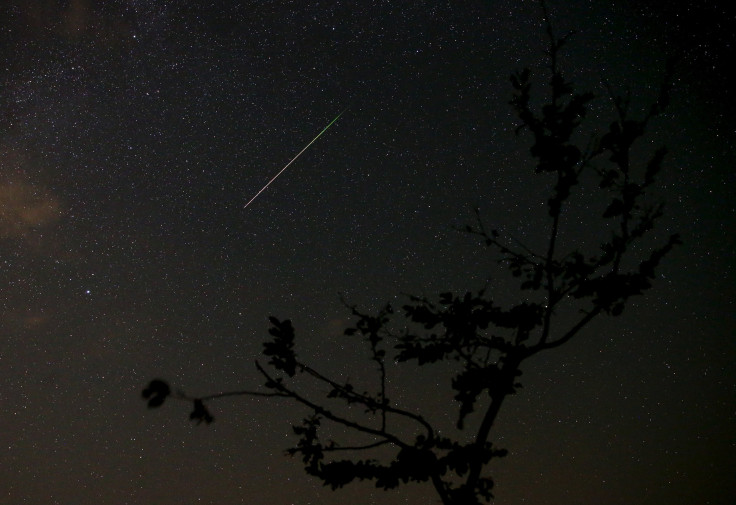
Every year stargazers are treated to the Perseid Meteor shower. The event is caused by the Earth passing through a trail of comet dust as the planet spins in space. From the ground we can see the trail of comet dust and debris that takes the form of a beautiful and spectacular meteor shower.
The Perseid Meteor shower will peak Wednesday night into early Thursday morning, with as many as 90 to 100 shooting stars per hour, According to the Royal Astronomical Society of Canada and the Royal Astronomical Society in the U.K. In the U.S., to the east, stargazers will see the most prolific cosmic spectacle around 4 a.m. Eastern time.
According to The Washington Post this years peak could be incredible as Perseids won't compete with the moon light, since the waning cresent moon will set at 6:44 p.m. on Wednesday.
So how can you watch? "Look towards the familiar constellations Cassiopeia and Perseus in the northeast," according to NASA. "They rise soon after sunset, but you’ll want to wait til they are higher in the sky to see the most meteors."
Of course, It helps to be in a dark location as bright city lights can obscure your vision. Luckily there is no need for a telescope or even binoculars. Furthermore, if you want to take photos of the event the American Meteor Society has published a guide to get you started.
If all else fails, NASA TV and NASA’s UStream channel will host a live show with meteor science experts from Wednesday night into Thursday morning. Their commentary will answer questions from anyone curious about the meteors.
Broadcast live streaming video on Ustream© 2025 Latin Times. All rights reserved. Do not reproduce without permission.




